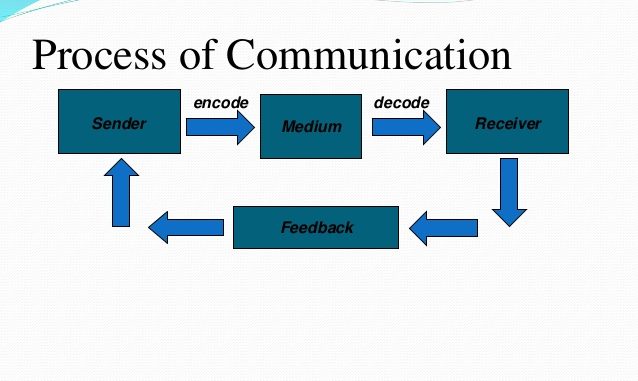
Communication Flows
Communication within a business can involve different types of employees and different functional parts of an organization. These patterns of communications are called flows, and they are commonly classified according to the direction of interaction: downward, upward, horizontal, diagonal, external. In an organization where I work, there are major communication systems. Communications flow downward, upward or horizontally. As these terms are used frequently in organizations, they deserve some clarification which are:
Downward Communications
They are from superior to subordinate – from boss to employees and from managers to operating staff. In my workplace managers communicate with their employees for job instruction which includes teaching new or current employees how to do a particular task. They pass upon organizational goals and train employees to achieve those goals. Managers also do communicate with their employees to give them feedback upon their performance. They also take a role in having an appraisal or superior evaluation of employee performance. This flow is, of course, related to the hierarchical structure of the organization. Messages seem to get larger as they travel downward through successive levels of the organization.
Upward Communications
Upward communications are equally important for effective communication. It travels from lower to higher ranks in the hierarchy. Various mechanisms are used by organizations to facilitate upward communications. Suggestion boxes, group meetings, grievance procedures, participate decision-making are some examples. This is maintained to get feedback from managers from employees. In any organization Employees talk to superiors about themselves, their fellow employees, their job satisfaction, their perceptions of their work, their feelings and opinions about organizational goals and policies. The feedback that the management receives from the lower level is, thus, extremely important and it should be encouraged.
Horizontal or Lateral Communications
Much information needs to be shared among people on the same hierarchical level. It takes place among people in the same work team. Hence, this form of communication is extremely useful for achieving coordination. In my organization, Different units coordinate activities by such communication to accomplish task goals. Interdepartmental uniformity to be achieved through lateral communication. It takes place by means of telephone calls, short memos, and notes, face-to-face interactions, etc.
You may also like: Communication Networks and Process

Leave a Reply